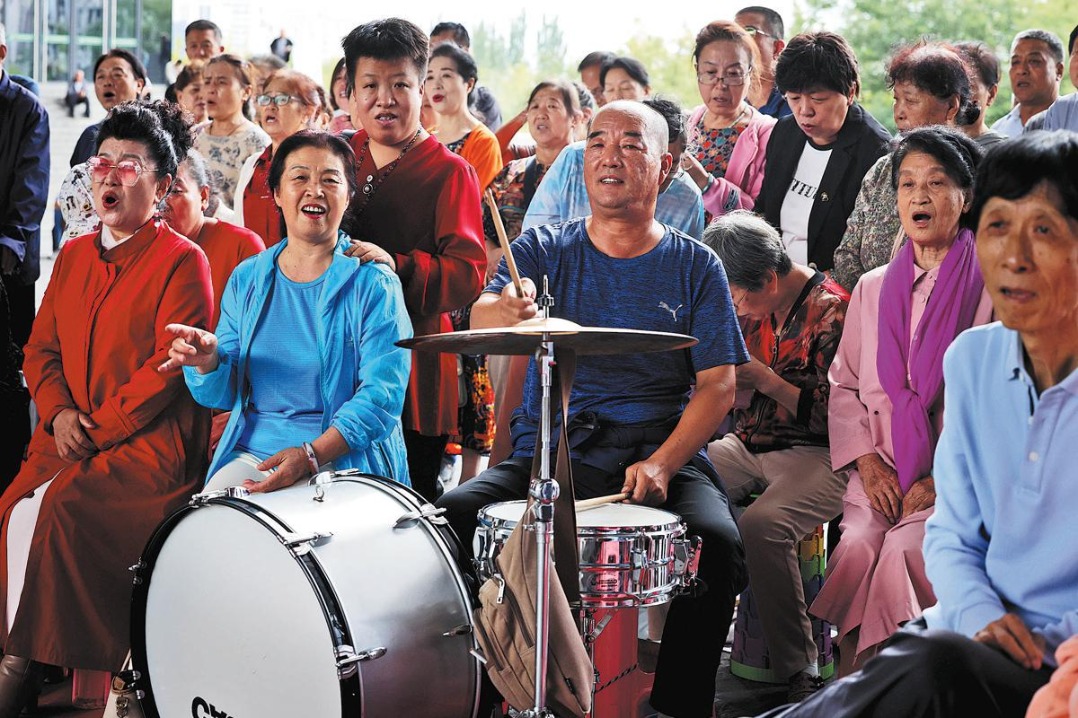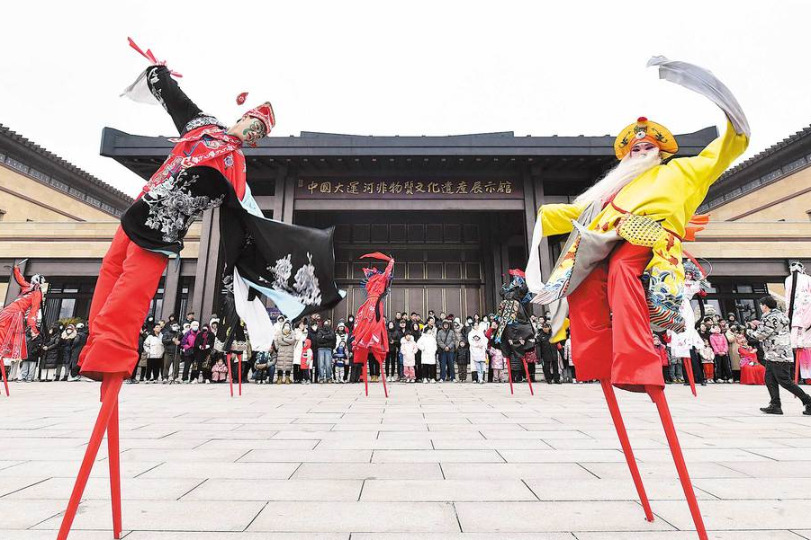Ryukyu islanders have ancestors from Shandong

Through nuclear genome research, Chinese scientists have recently discovered that people from the Ryukyu Islands have ancestral roots in Shandong province.
The research team led by Fu Qiaomei from the Institute of Vertebrate Paleontology and Paleoanthropology under the Chinese Academy of Sciences, in collaboration with scientists from Shandong, analyzed the nuclear genome data of the population in Shandong from 6,000 years ago.
The team concluded that about 1,500 years ago, people from what is now Shandong passed down genetic traits to the people of the Ryukyu Islands.
On Feb 3, Nature Communications published online the research results titled "East Asian gene flow bridged by northern coastal populations over the past 6,000 years", a collaborative effort between Fu's team, Shandong University's Institute of Cultural Heritage, the Shandong Provincial Institute of Cultural Relics and Archaeology, and the Jinan Archaeological Institute, focusing on the systematic nuclear genome research of people from the Shandong region dating back approximately 6,000 to 1,500 years.
The study systematically depicts communication among inland-coastal-island populations in East Asia over the past 6,000 years, using Shandong as a bridge on an east-west scale based on ancient genomic data, Fu said.
"The genetic history of the northern inland-coastal-island populations has always been one of the most important research topics in East Asia," Fu said.
The study reconstructed and analyzed the nuclear genomes of 85 individuals from 11 sites in the Shandong region, marking the first systematic study of ancient human genomes based on the east-west scale of northern inland-northern coastal-island regions.
"This reveals the dynamic migration, evolution and mixing history of populations in the northern coastal and surrounding areas of East Asia since the late Neolithic period over a long time span and a wide geographic range," Fu said.
She noted that extensive research indicates that coastal areas were important channels for ancient population migration and exchange, and the northern coastline served as a crucial channel for the spread of crops and trade goods from the East Asian mainland to the Ryukyu Islands.
Thousands of years ago, populations in coastal areas were able to undertake long-distance migrations by sea, spreading their influence to many islands, fostering genetic and cultural exchanges between different populations.
"However, the history of cross-sea migration and exchange of populations in the northern coastal regions of East Asia is not yet fully understood," Fu said.
"The connection between populations in the northern coastal regions of East Asia and ancient populations in the Ryukyu Islands remains unclear."
The study, focusing on the ancient populations in the northern coastal regions of East Asia and radiating their surrounding northern inland and island populations, marks the first systematic nuclear genome research with a long time span and wide geographical range, updating and filling in previous controversies and related model hypotheses, the institute said.





































